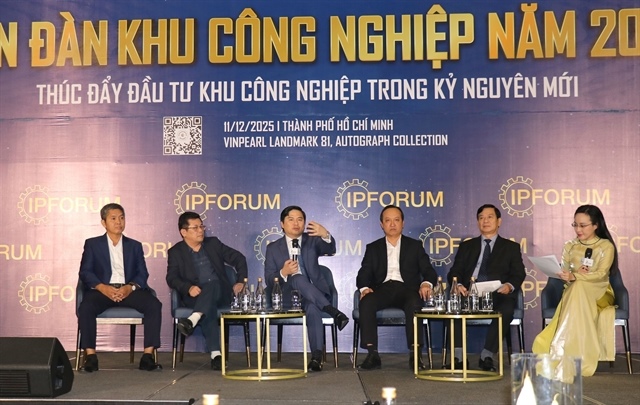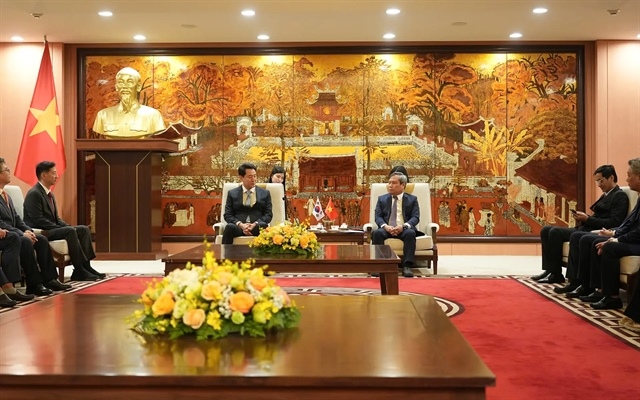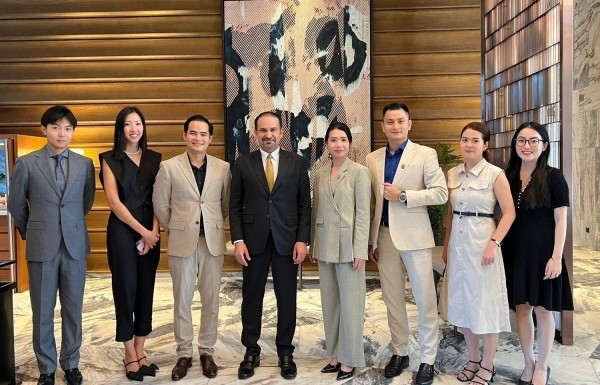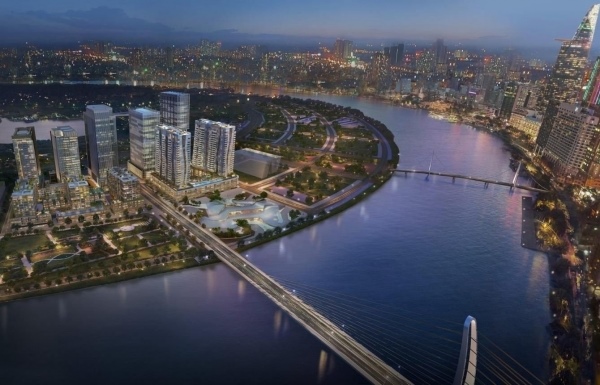MAs in real estate sector show strong development in H1
MAs in real estate sector show strong development in H1
Viet Nam’s real estate industry continued to attract foreign investment thanks to the development of merger and acquisitions (M&As) in the first half of the year, according to experts.

Viet Nam had become an attractive destination for many foreign investors largely due to the country’s friendly policies encouraging foreign direct investment (FDI), its political stability and strong economy, said Khanh Nguyen, associate director, Capital Markets, Vietnam, JLL.
FDI disbursements rose 8.4 per cent year-on-year to US$8.37 billion in the first six months of 2018, according to Foreign Investment Agency statistics.
Furthermore, Viet Nam has been taking initiatives to improve its transparency to the next level, according to JLL’s Global Real Estate Transparency Index. Viet Nam remained one of the most favourable destinations for foreign investment in Southeast Asia, Khanh said.
In the first half of 2018, the Vietnamese real estate market continued to show irresistible appeal to foreign investors and continued to witness high-value M&As in a variety of sectors such as residential, commercial and industrial, according to JLL Viet Nam.
Joint ventures have become popular among foreign developers who have strong financial capacity and track records and are joining forces with local developers who own land and have strong connections with the local community. Investors come from many different countries such as Japan, South Korea and Singapore, with an increasing number of groups from mainland China.
JLL observed that there was an increasing number of local investors who were actively seeking real estate deals with foreign investors.
The residential sector continued to be buoyant with several major M&As in the first six months.
The residential sector was still the focus of local players, according to a Savills’ press release on July 26. Xuan Mai Corporation, for example, successfully acquired Eco-Green Saigon, a 14-ha project in District 7, HCM City.
The second quarter of 2018 also recorded the notable IPO of Vinhomes JSC, the residential property development unit of Vingroup, drawing strong interest from domestic and foreign investors, including GIC, which acquired a 5.74 per cent stake as Vinhomes’ cornerstone investor.
Aside from the positive outlook for the residential sector, Savills expected outstanding M&A performances from both the industrial real estate and office sectors. The industrial sector is being fuelled by growing FDI being poured into manufacturing, improved infrastructure and a competitive outlook compared to other countries in the region.
Khanh Nguyen from JLL said investment deals in the first half of this year were diversified with a good variety of asset and property types transacted.
When looking at the market as a whole, JLL expected continued growth through most asset types, Khanh said.
Hospitality has been interesting over the past year with new funds with foreign capital now specifically targeting this sector.
JLL expected this trend would continue in hospitality and in other growing sectors such as industrial and alternatives like education.
The affordable housing market is another key sector, now drawing specialist capital sources that identify value in these underlying fundamentals including the growing middle class.
JLL expected foreign investors to continue showing a keen interest and strong commitment in the Vietnamese real estate market. Both incumbent and incoming foreign investors were actively hunting for “clean” and “clear” projects that could meet their required returns and conditions.
Due to the strong focus on Viet Nam from regional investors, JLL expected M&A activities to reach record levels in 2018.




















